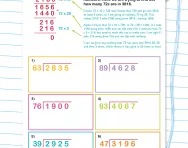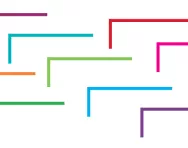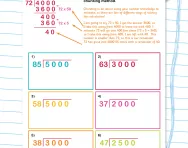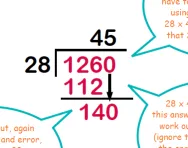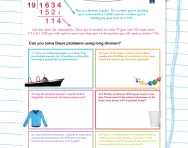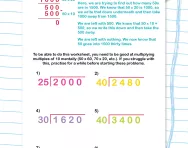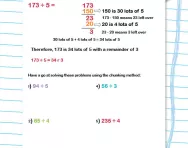Important update from TheSchoolRun
For the past 13 years, TheSchoolRun has been run by a small team of mums working from home, dedicated to providing quality educational resources to primary school parents. Unfortunately, rising supplier costs and falling revenue have made it impossible for us to continue operating, and we’ve had to make the difficult decision to close. The good news: We’ve arranged for another educational provider to take over many of our resources. These will be hosted on a new portal, where the content will be updated and expanded to support your child’s learning.
What this means for subscribers:
- Your subscription is still active, and for now, you can keep using the website as normal — just log in with your usual details to access all our articles and resources*.
- In a few months, all resources will move to the new portal. You’ll continue to have access there until your subscription ends. We’ll send you full details nearer the time.
- As a thank you for your support, we’ll also be sending you 16 primary school eBooks (worth £108.84) to download and keep.
A few changes to be aware of:
- The Learning Journey weekly email has ended, but your child’s plan will still be updated on your dashboard each Monday. Just log in to see the recommended worksheets.
- The 11+ weekly emails have now ended. We sent you all the remaining emails in the series at the end of March — please check your inbox (and spam folder) if you haven’t seen them. You can also follow the full programme here: 11+ Learning Journey.
If you have any questions, please contact us at [email protected]. Thank you for being part of our journey it’s been a privilege to support your family’s learning.
*If you need to reset your password, it will still work as usual. Please check your spam folder if the reset email doesn’t appear in your inbox.
What is chunking?

What is chunking?
Chunking is a method used for dividing larger numbers that cannot be divided mentally.
Chunking is repeated subtraction of the divisor and multiples of the divisor – in other words, working out how many groups of a number fit into another number.
The purpose of chunking is for children to be able to think about the relationship between multiplication and division. It involves using rough estimates of how many times a number will go into another number and then adjusting until the right answer is found. Once these skills have been practised, teachers will often encourage children to move onto the quicker 'bus stop' division method.
Here is an example of how you could divide 12 by 3 using chunking:

Chunking with remainders is the next stage in children's understanding:

Finally children begin to use division notation, writing down their chunking calculation in this format:

Chunking can be helpful with problem-solving where the answer has a remainder, for example:
167 people are going on a trip. They are going to travel on coaches that each hold 45 people. How many coaches will be needed?
You could work this out doing the following:
- I thought about how many times 45 would go into 167 and thought it might go in 4 times.
- When I multiplied 45 by 4 it made 180, which was too big.
- I then worked out 45 x 3 which equals 135.
- I had to take 135 away from 167 which left 32.
- 32 doesn't equal another 'set' of 45, so the answer was 3 remainder 32.
- I then looked at the problem again and worked out that they would need 3 coaches which would each contain 45 people, then they would need another coach for the remaining 32 people.
As part of the new national curriculum introduced in September 2014 teachers have re-introduced the long division method as the recommended way to divide large numbers, so children will probably move on from chunking to use long division in Years 5 and 6.

